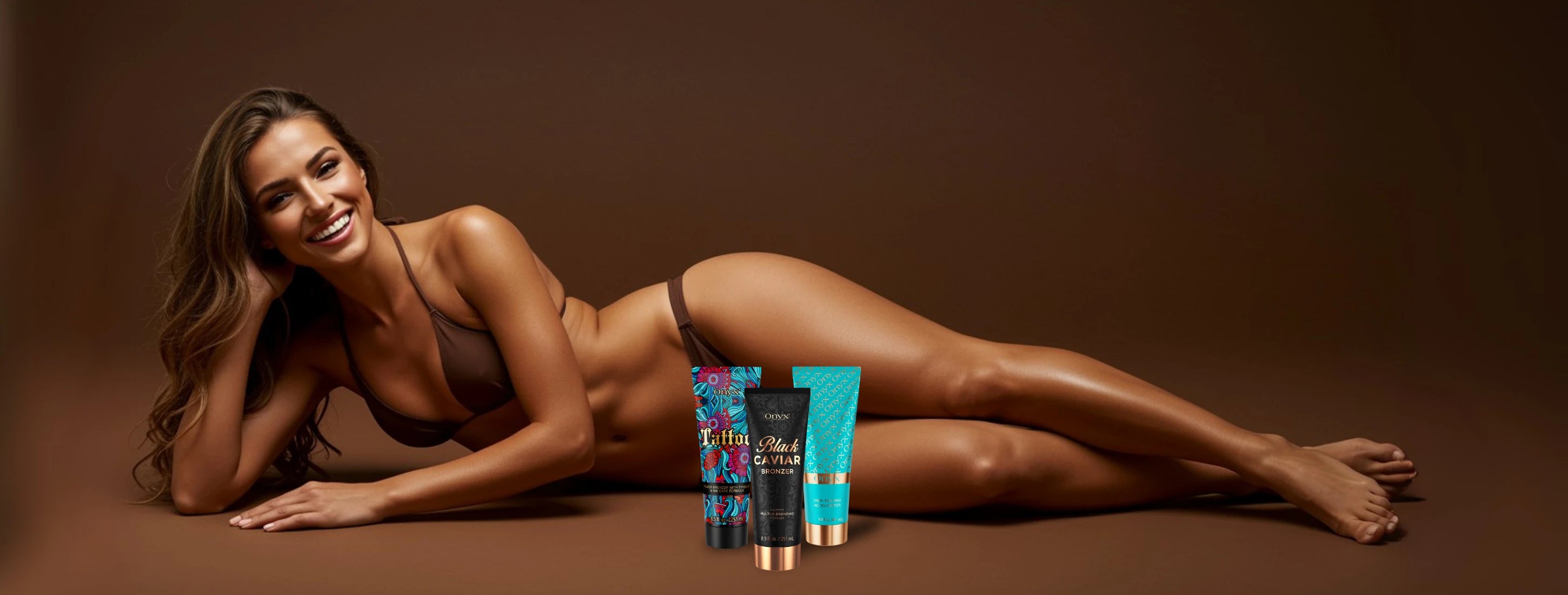
NEWS
-
Tattoo Rose Tanning Lotion for Women | Bronzing Accelerator with Tattoo Care
Regular price €35,95Regular priceUnit price / per -
Strongest Dark Tanning Accelerator | Indoor & Outdoor Use
Regular price €34,95Regular priceUnit price / per -
Suncolada Natural Tanning Accelerator | Bronzer-Free White Lotion
Regular price €34,95Regular priceUnit price / per -
Ice & Fire Tingle Bronzer for Women | Hot & Cold Tanning Lotion
Regular price €34,95Regular priceUnit price / per
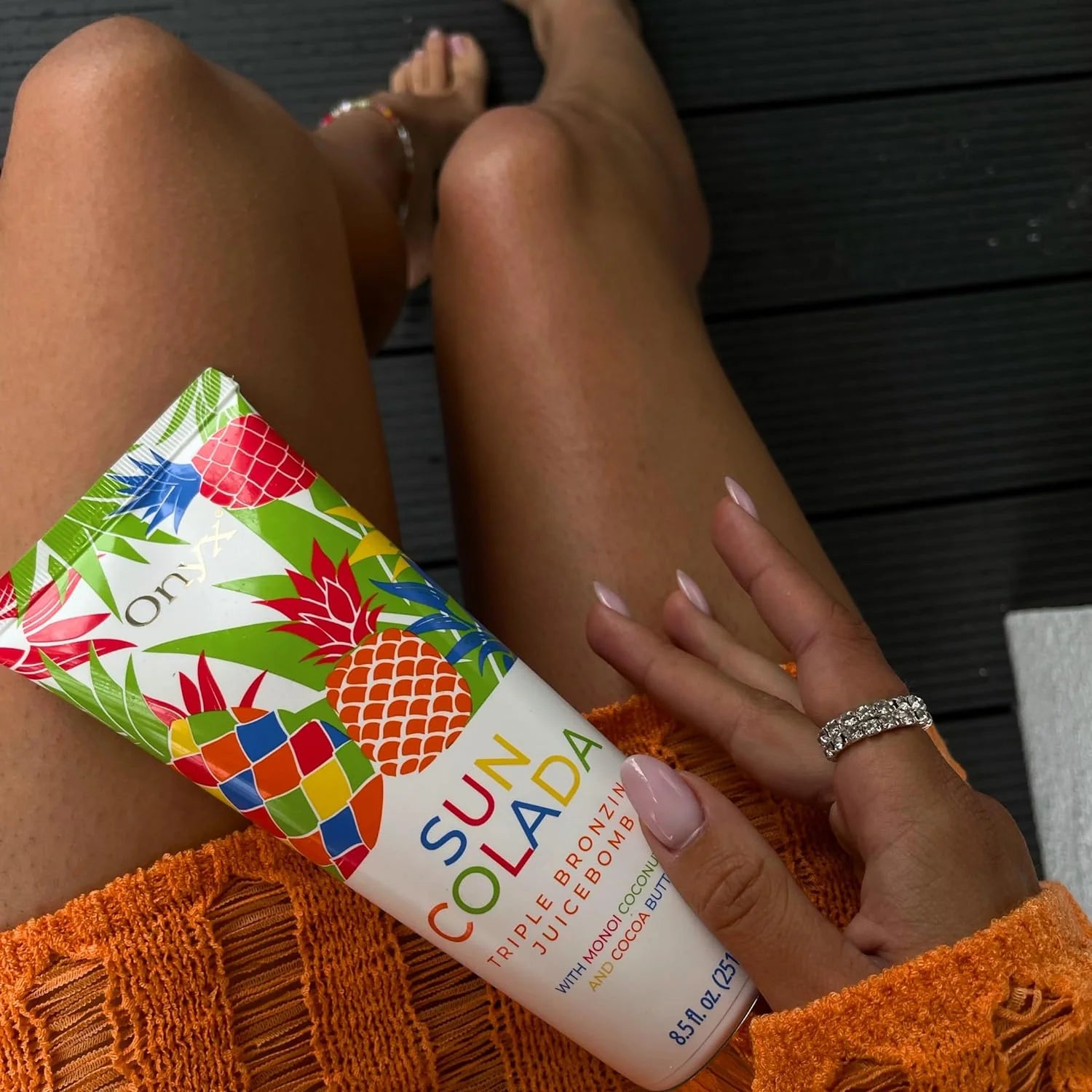
BRONZERS
Bronzing lotions are among the most popular and frequently chosen tanning lotions for indoor tanning. But what exactly are bronzers used for? Thanks to bronzing ingredients like DHA and erythrulose, which work to intensify the tan for several hours after each tanning session, the final result will satisfy even the most demanding enthusiasts.
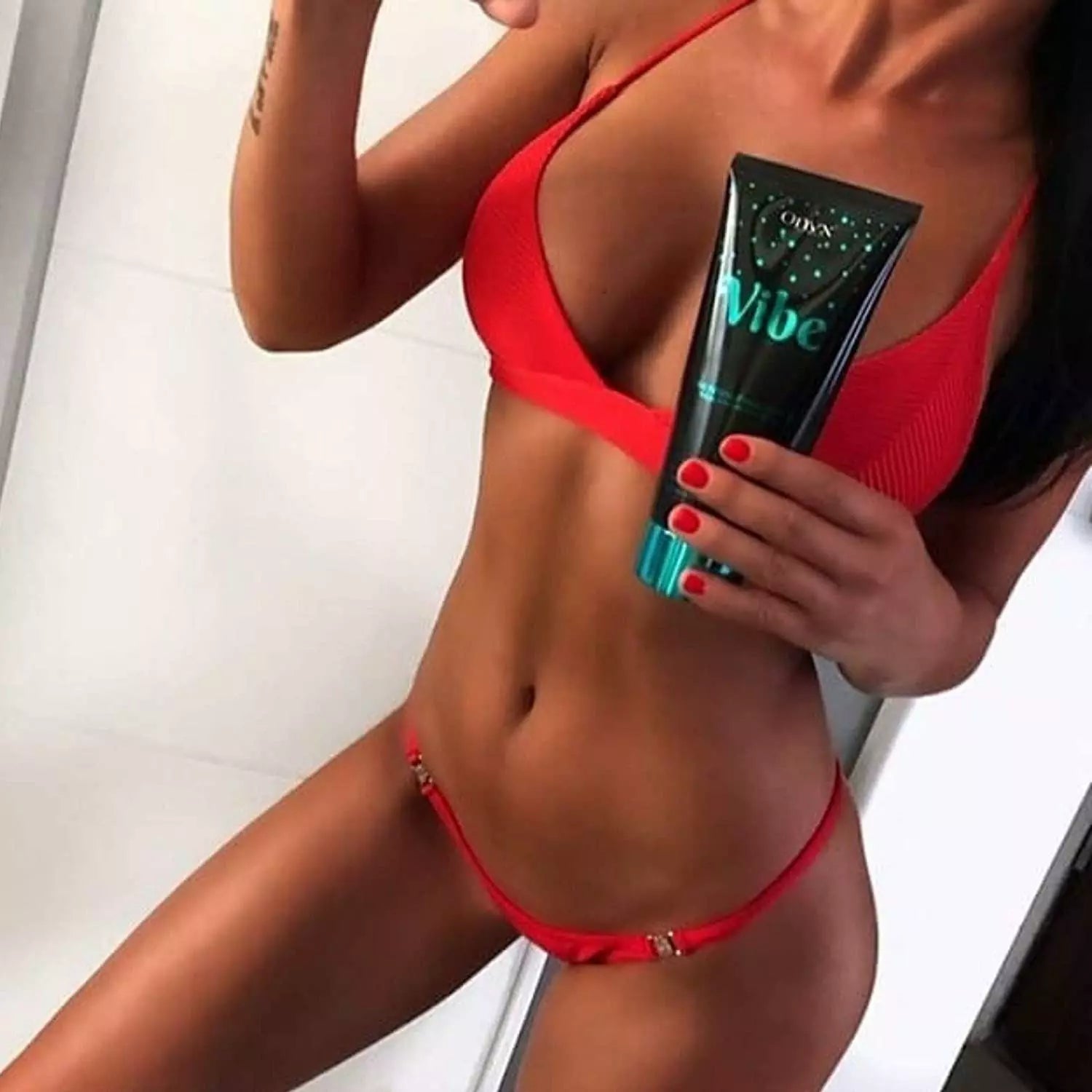
TANNING ACCELERATORS
If you love tanning as much as we do, then tanning intensifiers are for you! But let's start from the beginning – there are many reasons to use a tanning accelerator . First, it allows you to get a tan faster, last longer, and leave your skin smooth and refreshed. So the next question is: how does a tanning accelerator work ? Read on to learn more.
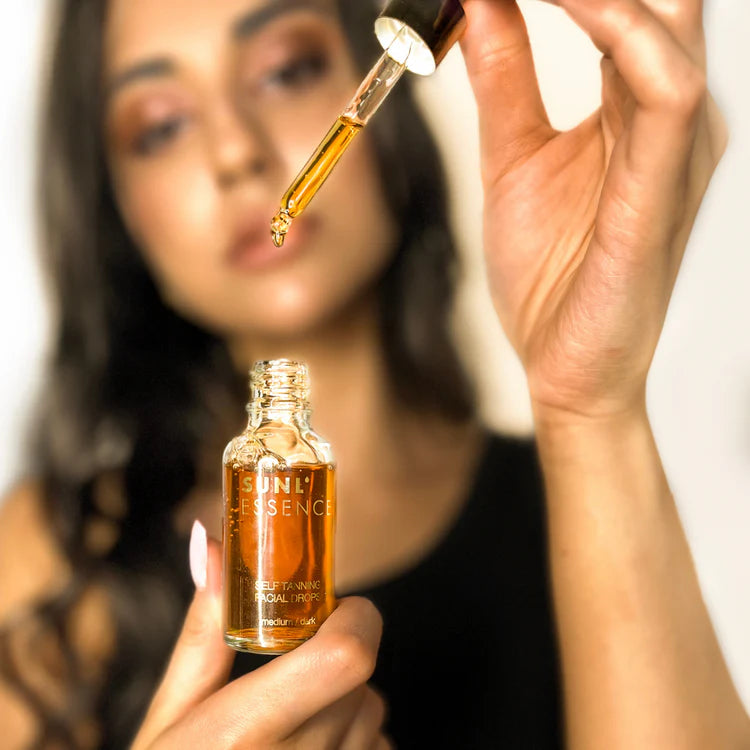
SELF-TANNING
Our natural self-tanning foams and drops create a natural tan without leaving home. The naturally derived dihydroxyacetone (DHA) they contain reacts with the amino acids in the epidermis, tinting the skin. Thanks to the highest quality ingredients, Sunl'essence self-tanning foams and drops guarantee a subtle and natural tan while maintaining a healthy-looking skin.
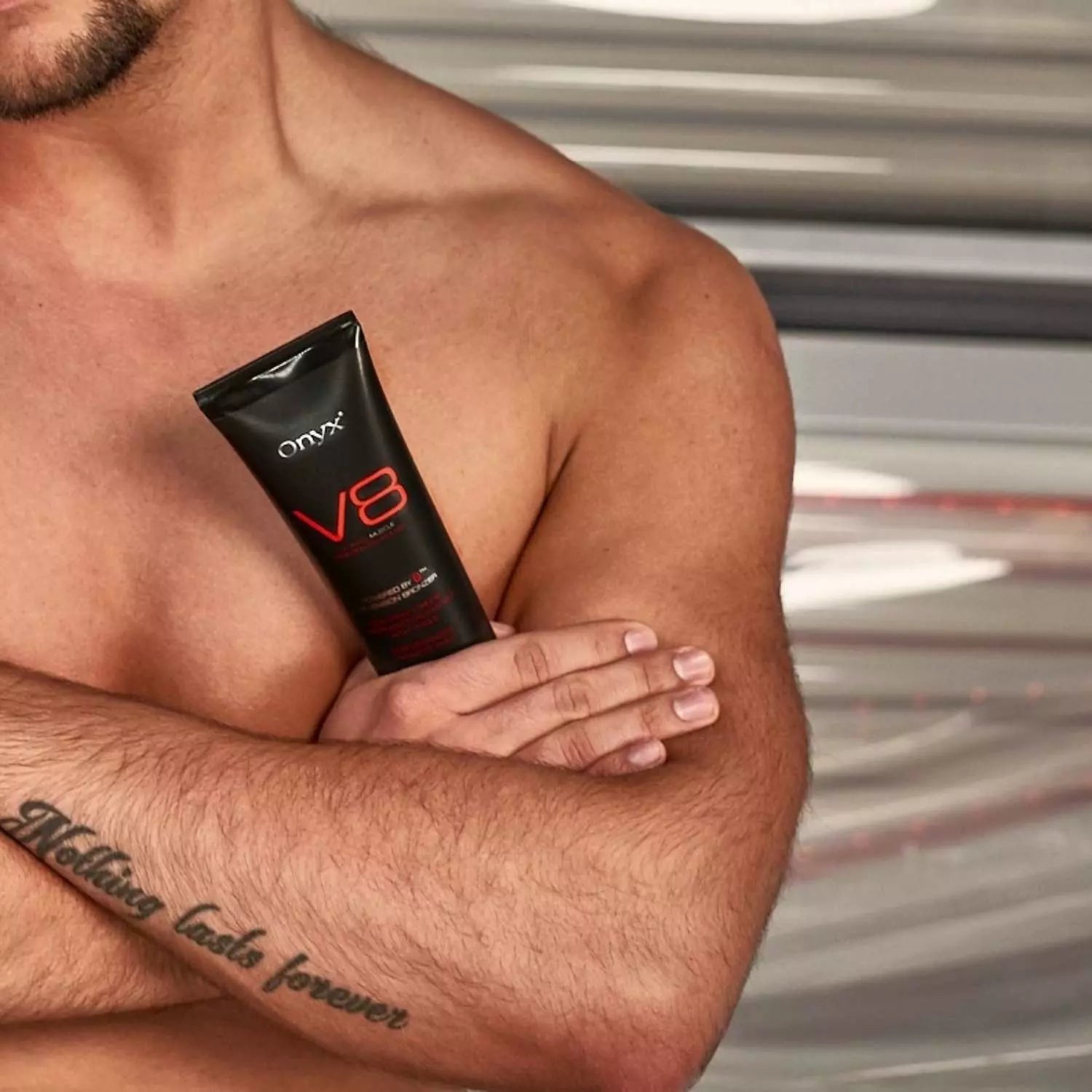
TINGLE
If you're looking for the best tingle lotion, look no further! The warm, tingling effect breaks through your natural tanning barrier, giving you the darkest tan you've ever imagined! What is a tingle tanning lotion? This line intensely warms your skin and creates a gentle tingle, stimulating it to achieve a deep, intense tan.
Our products are appreciated worldwide.


Tanning Blog
View all-

Bronzer or Self-Tanning Spray – What to Choose ...
People with fair skin often wonder: which is better for giving their skin a healthy glow – bronzer or self-tanner? Both products work differently, so the choice should depend on...
Bronzer or Self-Tanning Spray – What to Choose ...
People with fair skin often wonder: which is better for giving their skin a healthy glow – bronzer or self-tanner? Both products work differently, so the choice should depend on...
-

Is Tingle a Good Beginner's Choice? Facts and M...
Many tanning enthusiasts are looking for ways to achieve faster and more intense results. Google searches often bring up questions like: “Is tingle cream for beginners?”, “Why does my skin tingle...
Is Tingle a Good Beginner's Choice? Facts and M...
Many tanning enthusiasts are looking for ways to achieve faster and more intense results. Google searches often bring up questions like: “Is tingle cream for beginners?”, “Why does my skin tingle...
-

Tanning for Men with Tattoos – How to Care for ...
More and more men are using tanning beds to achieve a healthy and even skin tone. Well-groomed, tanned skin enhances the figure, and carefully selected tanning products can further enhance...
Tanning for Men with Tattoos – How to Care for ...
More and more men are using tanning beds to achieve a healthy and even skin tone. Well-groomed, tanned skin enhances the figure, and carefully selected tanning products can further enhance...
How to tan more effectively? How to choose the right cosmetics? What are the recommendations and contraindications for tanning? Here are the most frequently asked questions and answers.
Frequently asked questions about tanning
How to choose the right tanning lotion?

Due to our wide range of products, some tanning salon users may find it difficult to choose the right tanning lotion . That's why we've decided to make it easier for you.
The easiest way is to use our "Customize Balm" tab. There, you can see products tailored to your specific client type based on your skill level and skin tone.
If you want to take a more complex approach, you should first determine your skin phototype. Don't worry, we'll try to help you with that too.
Skin phototype is probably still a somewhat mysterious and unfamiliar term for many of you. However, it's worth familiarizing yourself with this concept, as it can help us determine our skin's ability to tan, as well as its potential reaction to ultraviolet rays. A given phototype is determined by the amount of melanin present in the skin, the pigment responsible for tanning. Melanin is also present in the hair and irises of the eyes, so your skin type itself can indicate your skin phototype. Knowledge of skin phototypes is also useful for determining the length and frequency of tanning sessions in a tanning bed. To correctly determine your phototype, you must consider your hair and eye color, and above all, your skin type, its tendency to burn, and its natural protection from radiation.
A skin phototype is a numerical classification scheme for human skin color. According to the classification proposed in 1975 by American dermatologist Thomas B. Fitzpatrick, humans can be divided into six skin types (so-called phototypes), depending on their skin's response to ultraviolet radiation.
If you belong to the first phototype, we recommend choosing a device with lamps with a 0.3 standard. Other lamps, such as bronzing lamps, are only suitable for more advanced users. The 0.3 standard can convince even those who were concerned about the potential negative effects of tanning to try a tanning bed. However, remember that the first tanning session (worth knowing about your first visit to a tanning bed HERE ) should not exceed 5 to 8 minutes to avoid burns. During your next visit, you can decide to extend your tanning time. Remember that tanning sessions should not exceed 15 minutes, and the breaks between tanning sessions should be at least 48 hours. The lighter your complexion, the longer the intervals should be.
For those with lighter skin tones (phototypes 1, 2, and 3), white bronzers or tanning accelerators (Mega Bronzer, No. 5 Black) will work well. For those who naturally tan to a relatively dark tan (phototypes 3 and 4) and want to enhance it without using tingling products, we recommend bronzing accelerators (Tattoo, No. 5 Dark Night). For those with a higher skin phototype (phototype 4 and 5), tingling products (Very Sexy Legs, V8) will work well, provided they don't have sensitive or vascular skin.
Regardless of your skin type, don't forget to protect yourself while sunbathing. If you expose your skin to sunlight, for example, without using appropriate tanning products , you're seriously damaging it—over-drying it, which causes premature aging. Therefore, always use a professional tanning product before tanning in a tanning bed to prevent damage. ONYX tanning products will help you achieve this. They will deepen your tan, provide your skin with delightful nourishment, and protect it from harmful factors. Their ingredients soothe, moisturize, and ensure faster regeneration. The fragrances of our products will stimulate your senses.
How to apply balm?
Once you've chosen the right product for your skin type and needs, you also need to learn how to apply it correctly. Apply the lotion evenly to your skin just before tanning. After spreading it, thoroughly dry your hands with paper towels or tissues available at the tanning salon to avoid leaving any residue. To facilitate the absorption of the lotion, exfoliate before tanning in the tanning salon, which will remove dead skin cells and help extend the life of your tan.
How to get a dark tan with cosmetics?

We often wonder how to get a tan quickly. Everyone tans to achieve a beautiful, even, and dark tan. What can you do to achieve it? We're here to answer!
First and foremost, follow all the rules for healthy and prudent tanning, which we describe HERE . Following all these rules will definitely help you achieve your goal of a beautiful tan.
Next, we must remember that not everyone experiences both indoor tanning and sunbathing the same way. One person may emerge from the booth after 5 minutes and be much more tanned than another who used the same product and spent the same amount of time there. Not everyone experiences the same tanning process (we write about skin types and their susceptibility to tanning HERE ). Achieving a dark tan is virtually impossible for those with the fairest complexion, but you can, of course, use tanning products that will achieve a sun-kissed effect. With 1-2 sessions a week, your tan will definitely remain golden, and you'll be able to enjoy beautiful skin for longer. An alternative for these individuals is spray tanning, as this treatment allows you to achieve a dark tan without exposing your body to sunlight or UV rays.
But how can you tan with darker skin? Things are a bit easier here. For years, we've been searching for increasingly advanced solutions that help achieve a dark, natural, and even tan while simultaneously caring for your skin. Our proven method for achieving a tan includes indoor tanning products that contain ingredients that accelerate tanning and deepen the effect.
How does it work? Tanning accelerators stimulate the production of melanin, the pigment responsible for darkening skin. In other words, the tanning rate is faster and the effects are noticeable in a shorter time.
The second type of tan enhancer is bronzers. These ingredients react with amino acids in the epidermis, creating what we might call a second layer of tan on the skin's surface, as the "standard" tanning process is simultaneously occurring in the deeper layers of the skin. Previously, only a few substances were known to intensify the tan while using a tanning bed. Today, we use more than a dozen activators and complexes that make tanning even more effective; we've described some of them HERE, and you'll also find information about special-purpose ingredients in each of our tanning lotion descriptions.
Why is it worth using sunscreen?

Many people who go to solariums, especially those who are just starting their adventure with tanning, do not know that using tanning cosmetics in solariums is almost a necessity.
Indoor tanning lotions not only help you achieve the desired tan color but also enhance its effects. The color will be deeper and last longer. Our cosmetics will intensely nourish your skin and additionally provide valuable firming ingredients, improve skin elasticity, and prevent the signs of aging. All to maintain healthy, youthful-looking, and happy skin.
If you have a problem area that always tans harder than others, our lotions are the perfect solution for you. Many of our customers report that their legs are one such area. By using the right tanning lotion , you'll achieve a beautifully even tan, even if it's been difficult or impossible until now.
An additional advantage of Onyx products is their fragrance. Our cosmetics offer a wide range of beautiful fragrances, eliminating unpleasant odors during and after tanning. This is all to make tanning in a solarium a truly delightful ritual.
Can I sunbathe in a solarium?
Everyone wants a dark, beautiful, and even tan. Unfortunately, our climate isn't conducive to constant sunbathing, so the indispensable tanning bed comes to the rescue. The sun's rays energize us, improve our mood, and give our skin a beautiful glow. Many of us use tanning beds because they're the perfect solution outside of the summer season. With 1-2 sessions a week, your tan will surely acquire a golden hue, and you'll be able to enjoy beautiful skin for longer. However, remember to use appropriate tanning bed cosmetics and follow proper use guidelines, and then using this device can bring only benefits.
A solarium is a place where you can soak up the sun's rays, but don't forget about the rules of safe tanning, as well as the contraindications when you have to give up using tanning beds!
Do you have very fair skin? Dry, sensitive, and discoloration-prone skin? Are you pregnant or breastfeeding? Are you menstruating or taking any medications? Be sure to familiarize yourself with the list of contraindications to indoor tanning.
Contraindications to tanning in a solarium!
Unfortunately, not everyone can safely use a tanning bed due to the possibility of allergic reactions or skin problems caused by the imitation of sunlight. The following list of contraindications to tanning beds will certainly help you avoid the unwanted effects of tanning.
- People with very fair skin, of the Celtic type.
- Various types of birthmarks, discolorations, and moles.
- Hypersensitivity to ultraviolet radiation and sun allergy.
- Dry, sensitive skin, acne, various types of skin diseases.
- Unhealed tattoos, freshly applied permanent makeup, large unhealed wounds.
- Very young age.
- Pregnancy and breastfeeding.
- Low-grade fever, fever, inflammation, flu, as well as heart, circulatory system, kidney and thyroid diseases.
- Active beauty treatments, deep exfoliating chemical and physical peels, whitening treatments, freshly performed waxing.
- Using cosmetics with retinol, hydroxy acids (AHA, BHA).
- Use of oral and external photosensitizing agents :
- Herbs (arnica, St. John's wort, burdock, calendula).
- Medicines (barbiturate and sulfonamide drugs, non-steroidal anti-inflammatory drugs (analgesics, antirheumatics), diuretics, antibiotics (tetracyclines), some antidepressants, sedatives, some antidiabetic drugs, hormonal drugs e.g. contraceptive pills, retinoid derivatives contained in ointments and oral medications e.g. Roaccutane, Differin).
- Cosmetics (deodorants and antibacterial agents in soaps, some fragrances (musk, lavender, cedar, vanilla, sandalwood and bergamot oils), retinoids (retinoic acid and its derivatives, retinol, with the exception of retinaldehyde, which does not sensitize the skin to sunlight), hydroxy acids (AHA, BHA).
- Sunscreens (benzophenones, cinnamic acid derivatives, oxybenzone, para-aminobenzoic acid (PABA), PABA esters).
Safe tanning in a few steps:
- Always follow the advice and recommendations of the tanning salon staff; if you have any questions, the staff will certainly help.
- Adjust tanning time to your skin type.
- Do not use deodorants or perfumes before sunbathing.
- Before sunbathing, wash off your makeup and remove jewelry.
- Use appropriate cosmetics that will protect your skin and enhance the tan effect.
- Choose several shorter sessions instead of one longer one.
- Let your skin rest for approximately 48 hours between sessions.
- When tanning, don't forget to protect your eyes! You'll definitely be provided with special protective goggles at the tanning salon.
- Use an after-sun product – with proper care and hydration, your tan will last longer.












